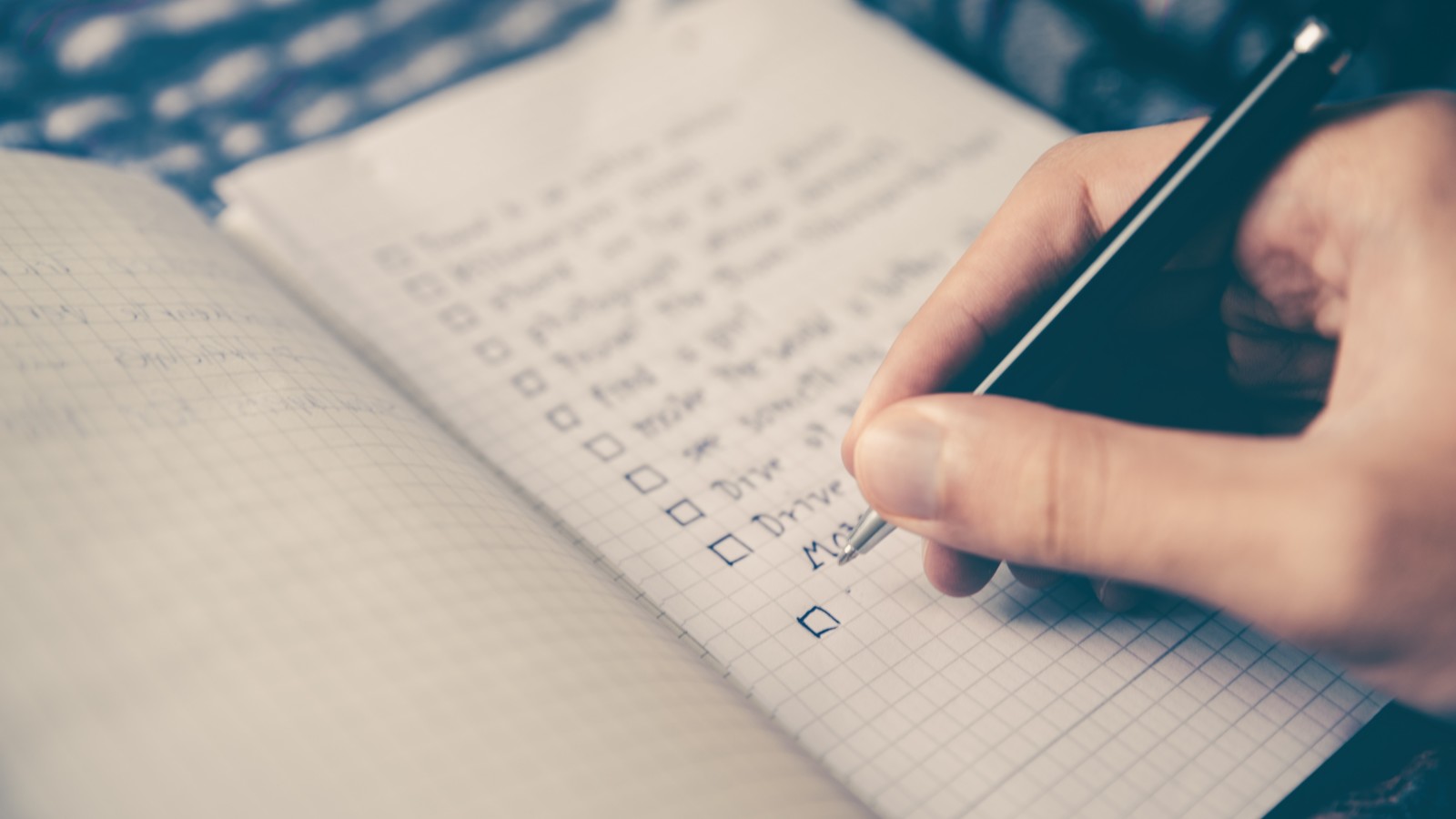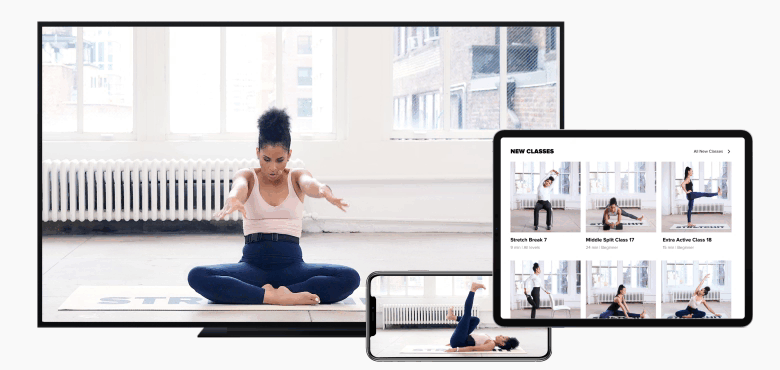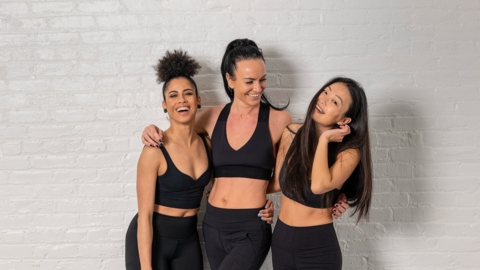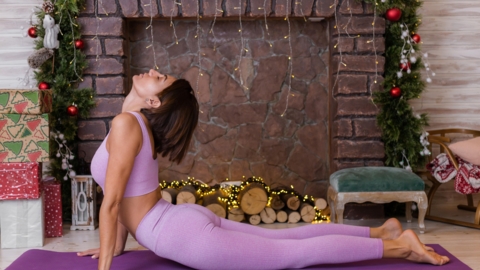Practical Tips That Will Help You Start Stretching (Even If You’re Not Flexible!)
Ready, set, stretch
People often ask us: "I’m not flexible at all. What’s the best way to start stretching?"
We get it—believe it or not, we’ve been there, too! When we started, feeling bendy was a faraway dream. But with time, patience, and consistency, you’ll find amazing rewards! Too often people are afraid to start stretching because they feel like they’re not flexible enough or they’re too old or stiff to even give it a try. Well, we’re happy to deliver you this PSA: stretching is the perfect prescription if you’re not flexible. We’ll walk you through our top tips to get started.

Start Slow
With stretching, simply dedicating the time (and showing up!) can be the biggest hurdle. Look at your weekly schedule and carve out three times over the course of the next week that you can commit to taking 15-30 minutes out of your day for stretching. When you have your schedule down, stick with it! These are important appointments you’ve made with yourself, so do your best not to cancel. Make sure you have a mat and blocks ready. If you have sensitive knees, we also recommend using knee pads for extra support.
Once your schedule is set it’s time to set up your classes! Download STRETCHIT’s 7-Day Free Trial and make your selections. Need a suggestion of where to start? We recommend Full Body Beginner 15-minute or 30-minute classes.
On your first two stretching sessions, test the waters by taking a 15-minute class each day. On the third training day, challenge yourself with a 30-minute class. The classes don’t have to be taken on consecutive days--in fact, it’s better to add a rest day in between! Once you complete three training days, look ahead to next week. Repeat the process: write down your training times for the week ahead and then schedule your classes in the App. Get specific: chose a time, place, and class. Set your goals and your resolve to just do it. It’s okay to start small…take it one step at a time. 15-minute classes are a great start!

Pay Attention to How You Feel
One of the best pieces of advice we can give is to tune in to how your body is feeling. When we stretch, we are working with our nervous system to expand our comfort zone and improve our stretch tolerance. It’s particularly important to harness the power of your breath. Direct your breath towards the sensations that arise as you are stretching. This will calm the nervous system, signaling to the body that it is a safe place to be. If you feel any sharp pain, back off. Stretching should be a challenging workout but it shouldn’t cause any sharp pain!
Make sure to support yourself in each pose by using blocks and any other props as needed. After you finish stretching, take a few moments to assess your body. How do you feeling after stretching compared to how you felt when you first started? Take note of how you’re feeling both physically and mentally.
Friendship Goals
If you’re having a hard time getting started, you may want to consider bringing a friend into the mix! Ask someone to be your accountability partner and to keep you on track. You’ll share the specifics of your stretching goals and ask them to check in with you to make sure you’re doing what you said you would.
When we share our goals with others, it can help us follow through. You can also invite them to join you in working on flexibility—the more the merrier!
Give It Time
Like anything in life, if you want to see progress you’ve got to put in the time! You’ll make the most progress with your flexibility if you stay consistent. Challenge yourself to commit to a certain amount of stretching days per week, and celebrate these achievements.
For instance, if you decide to stretch 3x a week for a month and you hit that goal, reward yourself with something fun like investing in a new pair of leggings that’ll make you excited to stretch or even something like treating yourself to a spa night at home (hello, DIY face mask!). You can make the long-term journey fun by breaking down your big goals into smaller milestones. Focus on the most immediate milestone and inspire yourself to stay focused with positive rewards and celebrations.

Measure Your Progress
Measuring your progress can be one of the most effective ways to keep yourself on track and motivated. One of the best ways to measure progress? Snap some photos! On your first stretching session, take a few pictures in poses that you want to document over time. If you do this every time you stretch, you’ll have a visual chart of your progress. It’s truly amazing to see the physical changes and it’s a great way to quantify your results.
Happy Stretching!
"In order to succeed, we must first believe that we can.”




